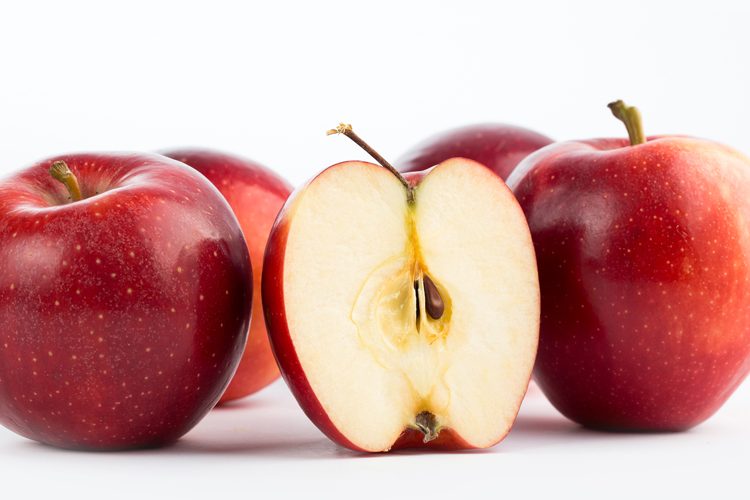Yellow apples thrive in Iran's diverse climate, offering a sweet and juicy delight that’s cherished by many. These apples are not only flavorful but also carry significant cultural relevance, symbolizing prosperity and health in Iranian folklore.
The northern regions, especially Mazandaran and Golestan, boast fertile lands ideal for apple cultivation. Farmers utilize traditional methods alongside modern techniques to ensure optimal growth. The vibrant yellow hue of these apples sets them apart, making them visually appealing in local markets.

During the harvest season, usually from late summer to early autumn, markets are bustling with vendors selling freshly picked apples. The sweet aroma and striking color attract both locals and tourists alike, often leading to vibrant festivals celebrating the apple harvest.
In addition to their delicious taste, yellow apples are rich in vitamins, antioxidants, and dietary fiber, making them a healthy snack option. Iranians enjoy them fresh, in salads, or made into jams and desserts. The versatility of yellow apples means they play a significant role in various traditional recipes, further embedding them into the culinary fabric of the country.
Moreover, as awareness of sustainable agriculture rises, many farmers are adopting eco-friendly practices to cultivate these apples, ensuring quality produce while protecting the environment. This commitment to sustainability highlights the ongoing evolution of apple farming in Iran.
In summary, yellow apples are not just a fruit in Iran; they represent a combination of tradition, health, and community, contributing significantly to the country's agricultural identity.


